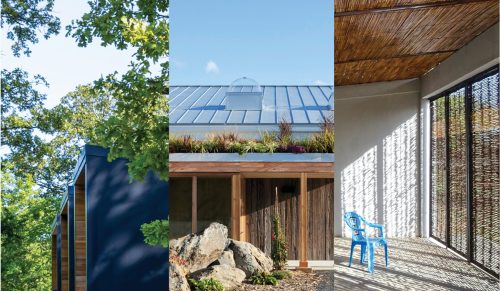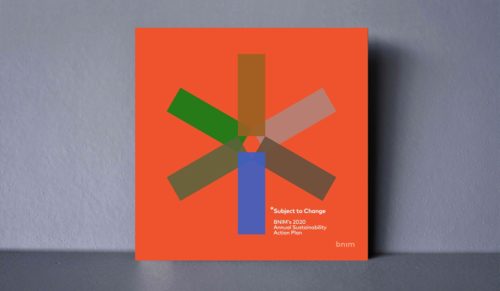Spotlight

Ripple Effects – Bob Berkebile and BNIM Today
BNIM celebrates Bob Berkebile, FAIA, as he is recognized with the Edward C. Kemper Award by the Board of Directors and the Strategic Council of the American Institute of Architects (AIA) at the 2022 AIA National Convention in Chicago this week. This is the highest service award the AIA can confer upon a member who has had a significant impact on the profession through exceptional service to the AIA. Bob was recently featured by the American Institute of Architects, Common Edge, and ARCHITECT Magazine.
As a pioneer of the green building movement, Bob has transformed the architectural industry’s definition of design excellence and redefined the Architect’s role and responsibility for the future of our planet. Throughout his career, Bob has also been an active advocate for equity in design and helping widen the influence and involvement of disciplines in design through a collaborative dialogue of discovery.
Bob’s contributions as an architect and environmentalist have led to many industry milestones, from co-founding the AIA Committee on the Environment (COTE) to advancing concepts that influenced the creation of LEED and Living Building Challenge. Bob’s most recent work continues to focus on community and environmental resilience. Understanding that past efforts to release less carbon through projects is not enough, Bob recognizes the next step for climate action is a focus on adaptive reuse of buildings and sequestering carbon.
Bob’s partnership, the Regenerative Heartland Partnership (a collaboration between the Nature Conservancy, The Land Institute, and Deep Roots) is committed to transforming land management, agriculture, the food system, and our culture to aggressively transfer carbon from the atmosphere to the soil, reversing climate change, and creating a new regenerative culture and economy. Bob’s commitment to increase the quality, vitality, and resilience of all life through design is not only reflected in the projects and initiatives he has led over his career but also in the resounding ripple effects from this work that have shaped the profession and continue to inspire the trajectory of BNIM’s practice.
In recognition of Bob’s work, we are sharing some of the many ripple effects of his leadership that guide our firm’s core purpose, people, and projects at BNIM today:
1. Redefining the Architect’s Role for the Future
Bob’s deep understanding of the Architect’s role in the collective future of our planet has served as a continued catalyst for the green building movement. His projects and research have led to key sustainable guidelines and practices that have changed the profession’s accessibility and approach to sustainable design.
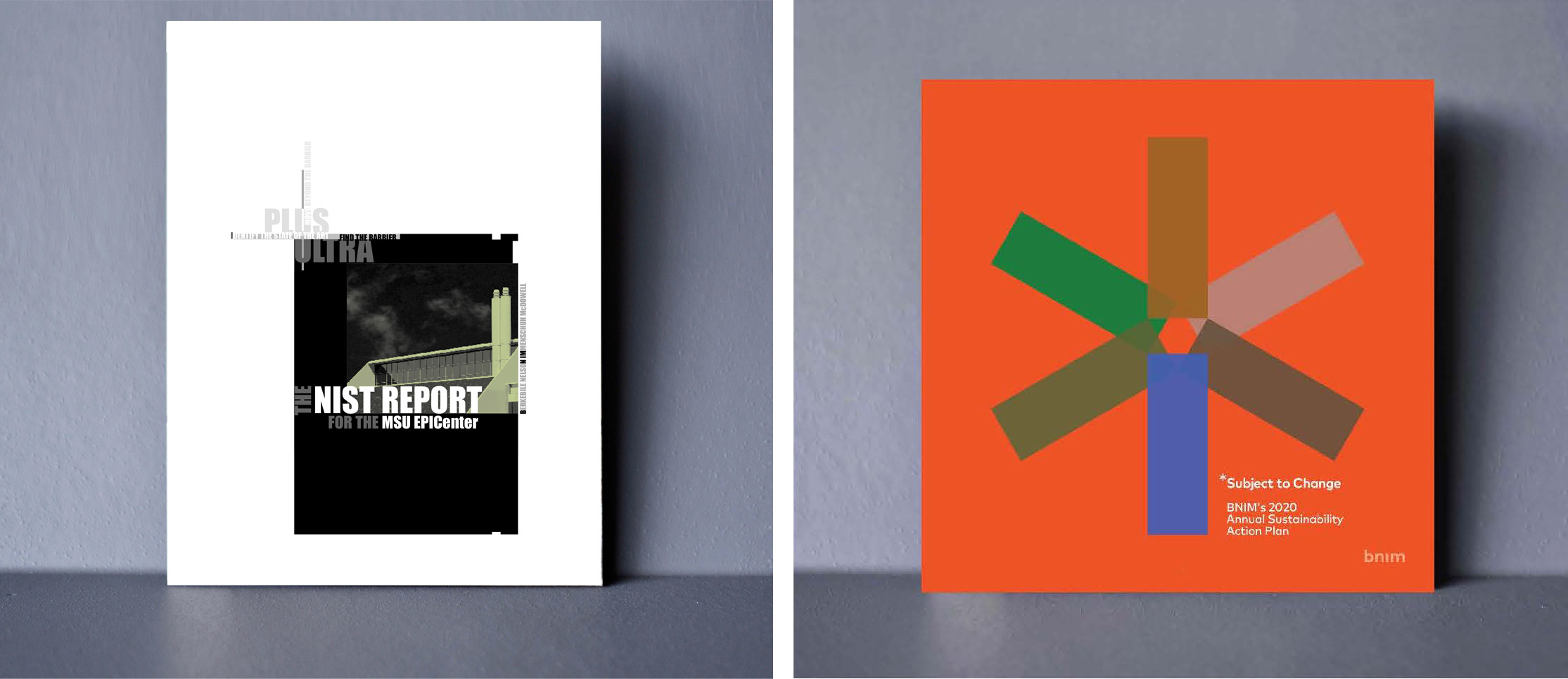
(FROM LEFT TO RIGHT) THE NIST (NATIONAL INSTITUTE OF STANDARDS AND TECHNOLOGY) REPORT COMPLETED IN PARTNERSHIP WITH BNIM AND MONTANA STATE UNIVERSITY IN 2000; SUBJECT TO CHANGE REPORTING ON BNIM’S SUSTAINABILITY ACTION PLAN 2020
In Practice at BNIM – Advancing Climate Action
BNIM’s Sustainability Group is redoubling our firm’s efforts for sustainable reporting and transparency with the development of BNIM’s sustainable action plan and subsequent annual sustainability reports entitled Subject To Change. These reports serve as internal tools and resources that have provided our firm with a deeper understanding of the environmental impact of each of our projects and has helped us to re-examine the ways we are addressing climate justice in our practice, centering on people, human dignity, and equity.
Joyce Raybuck along with Jeremy Knoll, James Baker, and other BNIMers have also held an active role in advocating for advancing climate policy globally and locally (Climate Action KC) and codes in Kansas City, Missouri. BNIM staff, in collaboration with the KC Sierra Club and the Citizen’s Climate Lobby, have been working together for over two years in efforts for Kansas City to adopt the latest energy code, IECC 2021 with strengthening amendments as well as the Zero Code as an optional appendix. This code and policy will create healthier and more energy efficient solutions for Kansas City and stabilize energy costs, especially for low-income residents.
Joyce shares: “Our message has been clear, for the city to meet its climate commitments, they must align their building codes. This is not just about energy efficiency either…it is about people, human health, and promoting equity in the places we live and work.”
2. Advocating for Equity in Design
Through his leadership in the architectural industry, Bob demonstrates that design excellence is designing for healthy performance, building regenerative communities, and creating equitable experiences for all. With a focus on re-establishing connectivity, enabling positive community transformation, and creating a more resilient urban environment, Bob has helped to lead efforts such as the reinvestment in the historic Manheim Park neighborhood of Kansas City and the transformation of Bancroft School as well as the adaptive reuse of Westport Middle School into Plexpod Westport Commons.
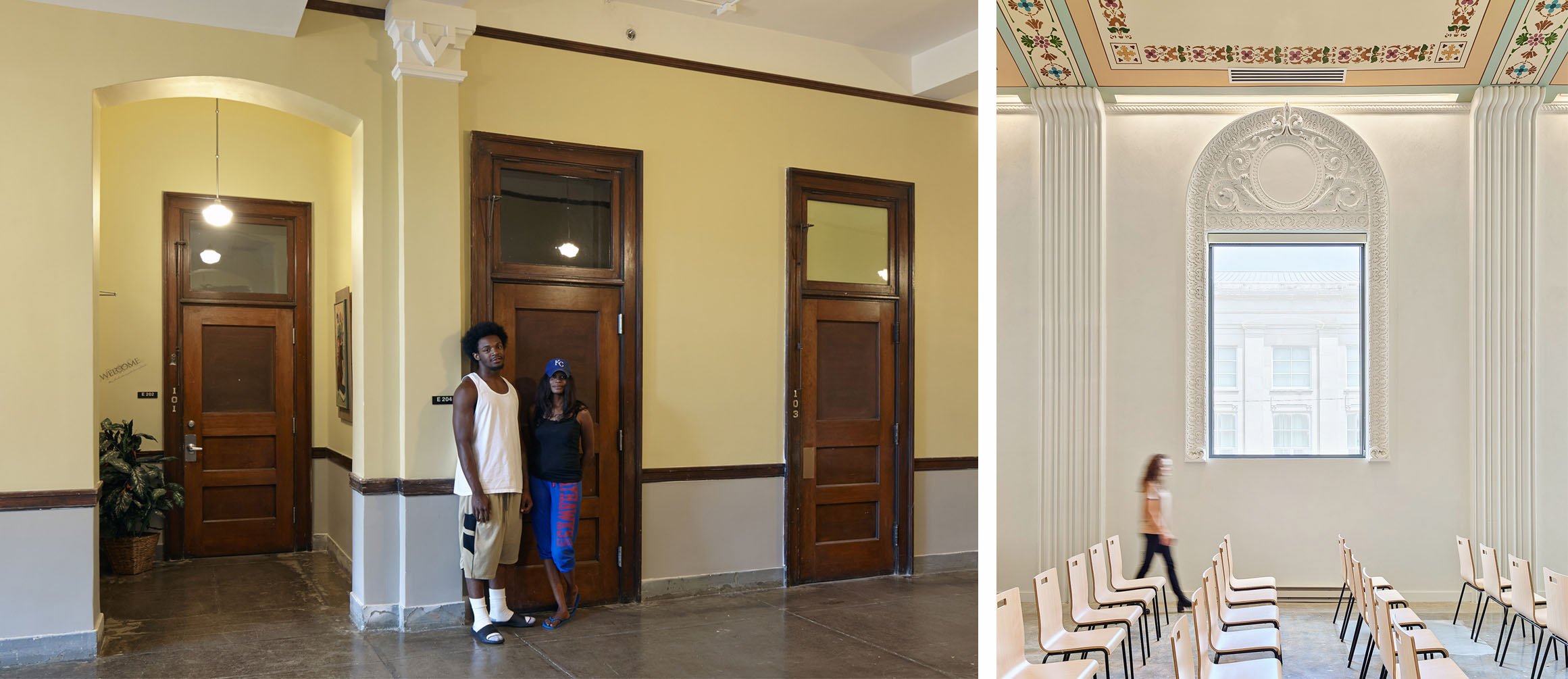
(FROM LEFT TO RIGHT) BANCROFT SCHOOL REDEVELOPMENT 2012 AND HABITAT FOR HUMANITY OF KANSAS CITY RENOVATION 2022
In Practice at BNIM – Community Resiliency
When Habitat for Humanity of Kansas City purchased their building to use as the organization’s primary office headquarters, it was their mission to renovate and renew this existing space to better support their mission, clients, and community. The facility’s location holds special significance, sitting only three blocks from Habitat KC’s first home project. Founded in 1979, the organization has a 43 year history of serving families in Kansas City and is actively working to help serve the 13,000+ local families in Kansas City who need safe, stable, and affordable homes. BNIM, led by Laura Lesniewski (Principal-in-Charge) and Sam De Jong (Project Architect), collaborated with Habitat for Humanity of Kansas City to identify a series of key goals for the renovation project, centered on their vision to: foster strength, stability, and self-reliance through shelter; nurture a diverse and inclusive community; maximize positive impacts to families; and enhance Habitat KC’s donor base and become the go-to organization for affordable housing. The design team aimed to support Habitat KC’s goals and bring the organization’s vision for the future to life through a renewed, healthy, and inspiring environment that enhances overall organizational function and effectiveness. Creating flexible community and collaboration spaces in addition to office space was an important goal for Habitat KC as the organization serves as both an office headquarters and a community resource for events and workshops.
3. Widening the Influence and Involvement of Disciplines and Open Collaboration
Creating an open dialogue of discovery has been integral to Bob’s cross-disciplinary approach to design throughout his career, emphasizing the power of diverse collaboration. He has collaborated with individuals from many different walks of life and regions of the world to imagine a stronger and more sustainable future together. This practice of collaboration is an essential component of BNIM’s design methodology.
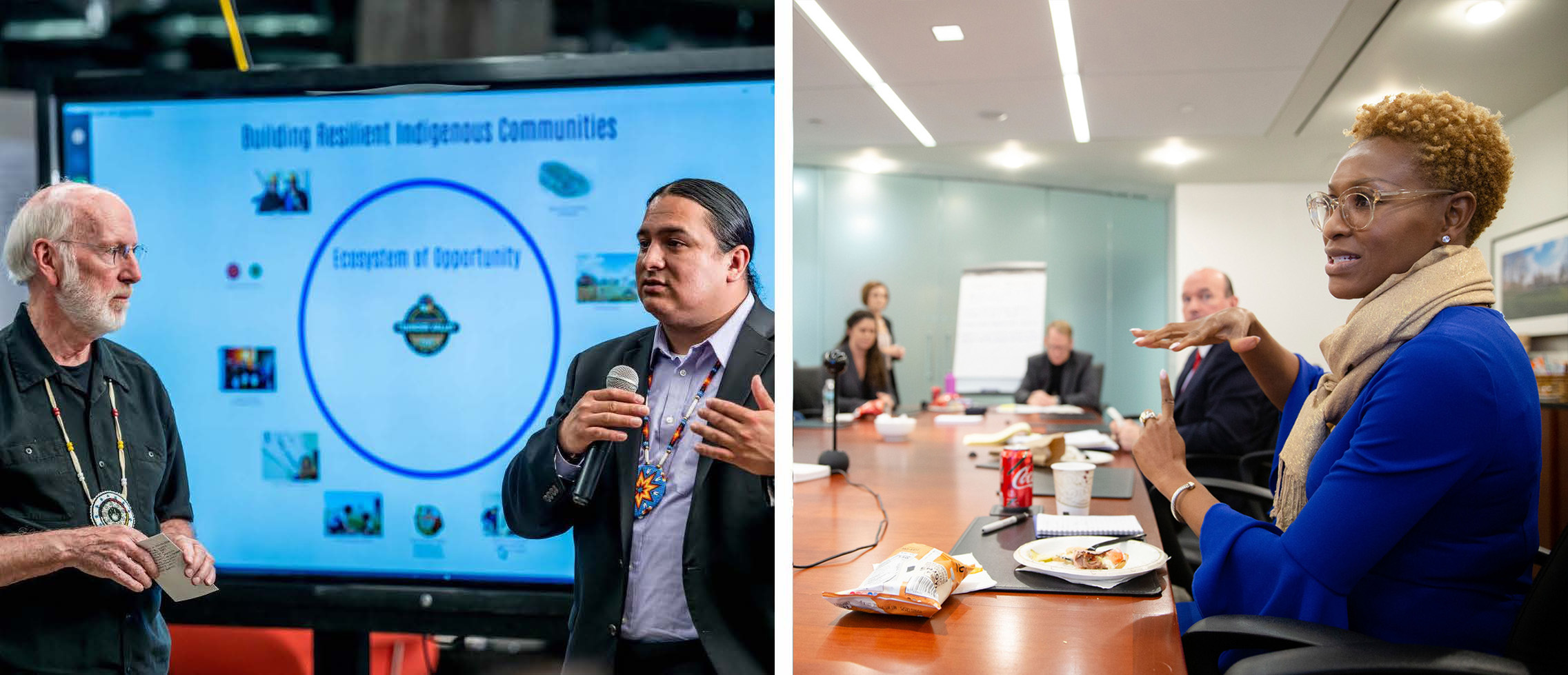
(FROM LEFT TO RIGHT) BOB BERKEBILE AND NICK TILSON, FOUNDER OF NDN COLLECTIVE, DISCUSS DESIGN FOR RESILIENT INDIGENEOUS COMMUNITIES AT THE 2017 BNIM SYMPOSIUM; CLAUDIA GORDON, SENIOR ACCESSIBILITY STRATEGY PARTNER AT T-MOBILE, AND FELLOW DISABILITY POLICY COMMITTEE MEMBERS ATTEND A MEETING FOR THE HARKIN INSTITUTE 2019 – THE DESIGN OF THE TOM AND RUTH HARKIN CENTER (PHOTO CREDIT: THE HARKIN INSTITUTE)
In Practice at BNIM – Activating Multi-disciplinary Collaboration
Over the past 30+ years, the Americans with Disabilities Act (ADA) has been transformational for the civil rights of individuals with disabilities and a significant driver for the creation of accessible environments, but it is also a baseline that we must build upon. In 2020, BNIM worked in collaboration with the Harkin Institute for Public Policy and Citizen Engagement and the disability community to understand the needs not being met in the built environment. The answers that emerged from discussions, design meetings, and research provided deeper insight to inform the design for the Tom and Ruth Harkin Center that recognizes the full spectrum of human needs rooted in inclusion, equity, and empathy. This project, led by Kevin Nordmeyer (Principal-in-Charge) and Jason Kruse (Project Manager) seeks to help expand BNIM’s and the industry’s definition of sustainable design through a human-purposed lens, highlighting the essential role inclusive design holds in elevating the daily human experience for all individuals. BNIM is continuing work with the Harkin Institute today to help advance inclusive design standards through a collaborative publication ALL —The Making of the Tom and Ruth Harkin Center. This book will explore the design of Tom and Ruth Harkin Center – the new home for the Harkin Institute at Drake University, Universal Design principles, design practices for equity and inclusion, and future of disability policy and universal design.
